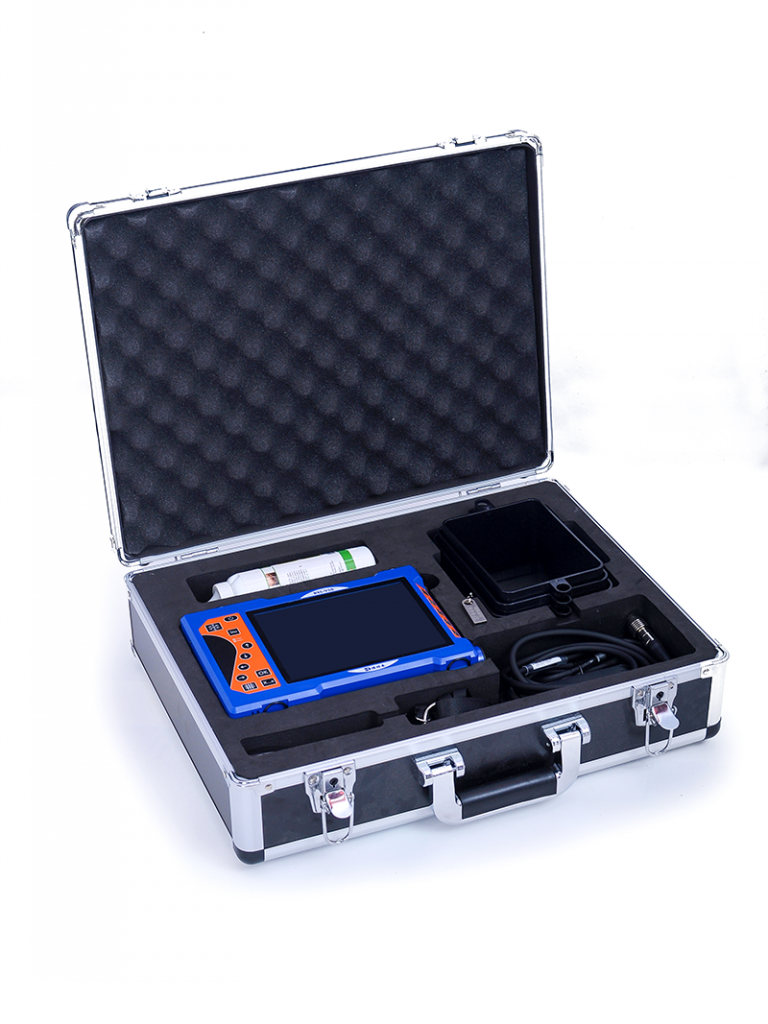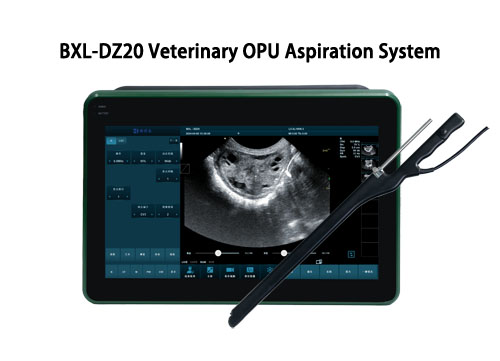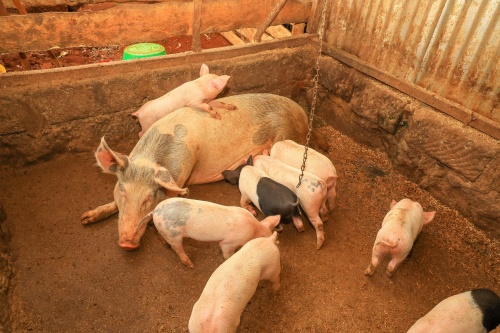How Is Veterinary Pregnancy Detection Done in Cows?
Pregnancy detection is one of the most important parts of cattle management. Farmers need to know whether their cows are pregnant as early as possible so they can make decisions about feeding, breeding schedules, and overall herd productivity. If a cow is not pregnant and no one notices, she may continue to consume resources without contributing to the herd’s reproduction. This can be costly for dairy and beef farms alike. The big question is: how do veterinarians detect pregnancy in cows? Several methods are commonly used, and each has its strengths and weaknesses.
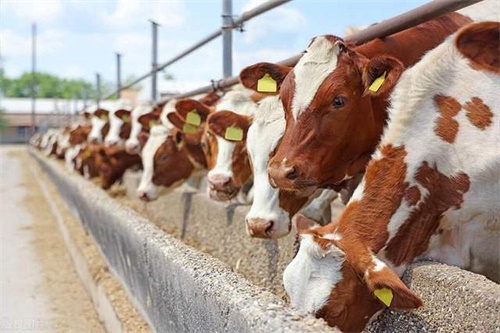
Why Early Pregnancy Detection Matters
Detecting pregnancy in cows early is not just a matter of curiosity. It plays a direct role in the farm’s economic outcome. If a cow is pregnant, she requires careful feeding to support fetal growth. If she is not, she can be returned to the breeding program immediately, rather than wasting weeks or months. In modern livestock management, efficiency is everything, and reproductive efficiency is at the heart of a profitable farm.
Veterinarians play a key role here. Their ability to accurately diagnose pregnancy determines how quickly a farmer can make adjustments. Without timely detection, the farm risks delays in calving intervals, lower milk yields, and unnecessary costs in feed. Early and accurate detection ensures better animal welfare and higher profitability.
Traditional Method: Rectal Palpation
One of the oldest and most widely used methods is rectal palpation. In this technique, a veterinarian inserts a gloved hand into the cow’s rectum and gently feels the uterus. Skilled vets can detect changes in the uterine wall, the size of the uterine horns, and sometimes even the presence of a fetus.
This method is quick, inexpensive, and does not require special equipment. However, it does require a trained professional, since mistakes can cause stress or even injury to the cow. Rectal palpation can usually detect pregnancy reliably after about 35 to 45 days. The limitation is that it cannot always provide detailed information about fetal health, and accuracy depends heavily on the vet’s experience.

Modern Method: Ultrasound Examination
Ultrasound has revolutionized veterinary pregnancy detection in cows. Using an ultrasound probe inserted into the rectum, veterinarians can actually “see” inside the uterus. The machine produces images of the fetus, amniotic fluid, and surrounding tissues. This method is highly accurate and can confirm pregnancy as early as 25 to 30 days after insemination.
One big advantage of ultrasound is that it provides much more information than just “pregnant or not.” It can show if the fetus is alive, detect twins, and identify abnormalities in the reproductive tract. For farmers, this helps in making better management decisions. For example, cows carrying twins may require special nutrition and monitoring.
Compared to rectal palpation, ultrasound requires more expensive equipment and some technical training. However, the benefits of early and detailed diagnosis often outweigh the extra cost.
Laboratory Method: Blood and Milk Tests
Another option for pregnancy detection is laboratory testing. Special tests can measure hormone levels in blood or milk that indicate pregnancy. One common marker is pregnancy-associated glycoproteins (PAGs). These are proteins produced by the placenta and can be detected in samples as early as 28 days after breeding.
Blood and milk tests are useful because they are less invasive than palpation or ultrasound. Farmers can collect samples and send them to a lab, reducing the need for on-farm veterinary procedures. The downside is that these tests may take time to process, and they only provide a “yes or no” answer, without extra details about the fetus or reproductive organs.
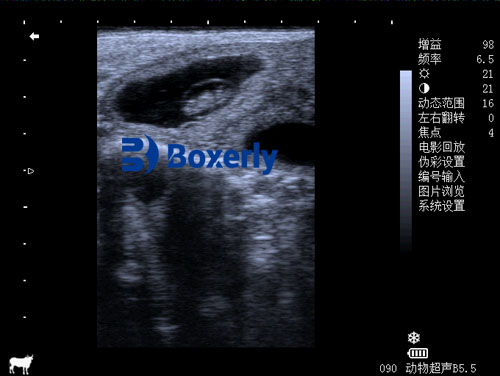
Comparing the Methods
Each pregnancy detection method has advantages and disadvantages. Farmers and veterinarians often choose based on cost, availability of equipment, and how quickly results are needed. Here’s a clear comparison:
| Method | Earliest Detection Time | Advantages | Disadvantages |
|---|---|---|---|
| Rectal Palpation | 35–45 days | Low cost, immediate results | Requires skill, less detail, possible stress to cow |
| Ultrasound | 25–30 days | Accurate, shows fetus health, detects twins | More expensive, needs training |
| Blood/Milk Test | 28 days | Non-invasive, easy sample collection | Lab processing time, only “yes/no” result |
Factors Affecting Choice of Method
The choice of pregnancy detection method often depends on the farm’s size and resources. Large dairy farms with hundreds of cows often prefer ultrasound because it allows fast and detailed checks of many animals in a single day. Smaller farms may stick with palpation because it is more affordable. Blood or milk tests are common in regions where access to veterinary services is limited, but farmers still need reliable pregnancy confirmation.
Another factor is timing. If a farmer needs the earliest possible confirmation, ultrasound offers the best window. If cost control is the priority, palpation may be the go-to method. Some farms even combine methods, starting with blood tests and later confirming results through palpation or ultrasound.
The Role of Veterinarians
While farmers are deeply involved in cattle management, pregnancy detection is an area where veterinarians are essential. Their training allows them to choose the safest, most accurate method for each situation. They also interpret results and advise farmers on next steps, whether that means adjusting nutrition, preparing for calving, or rebreeding.
Veterinarians also help reduce risks. For example, incorrect palpation can harm a cow, but a skilled vet knows how to minimize discomfort and handle the animal properly. With ultrasound, vets not only confirm pregnancy but also provide insights into reproductive health that can prevent future problems.
Conclusion: Best Practices for Cow Pregnancy Detection
Detecting pregnancy in cows is a cornerstone of reproductive management. The main methods—rectal palpation, ultrasound, and blood/milk testing—all have their place. Ultrasound is the most advanced and detailed, palpation is affordable and widely used, and lab tests are simple and non-invasive. The best choice depends on farm goals, budget, and access to veterinary services.
No matter the method, the key point is that early and accurate detection supports better animal health, efficient breeding, and stronger farm productivity. By working closely with veterinarians, farmers can ensure that every cow is managed with the right care, at the right time.

